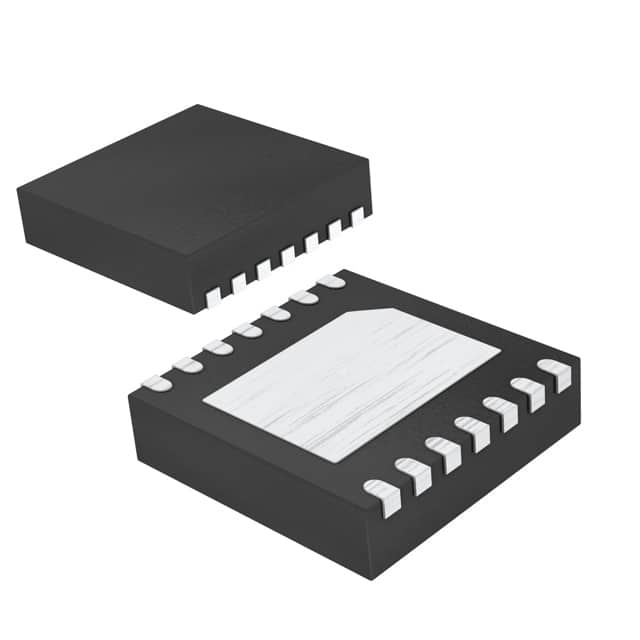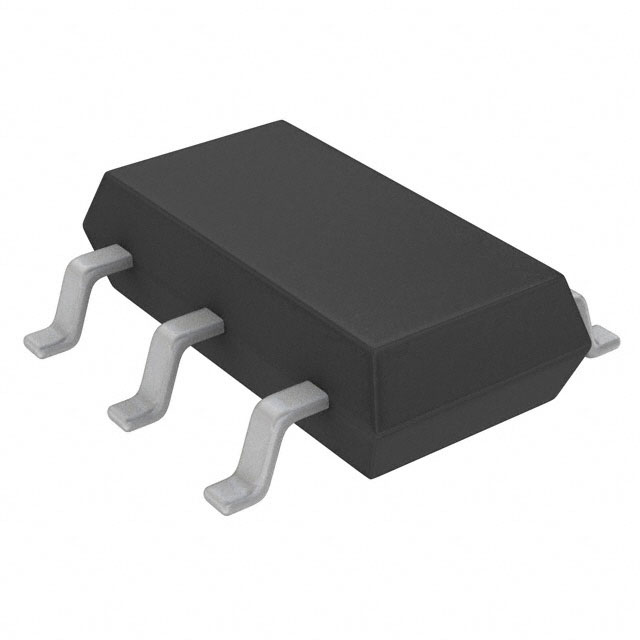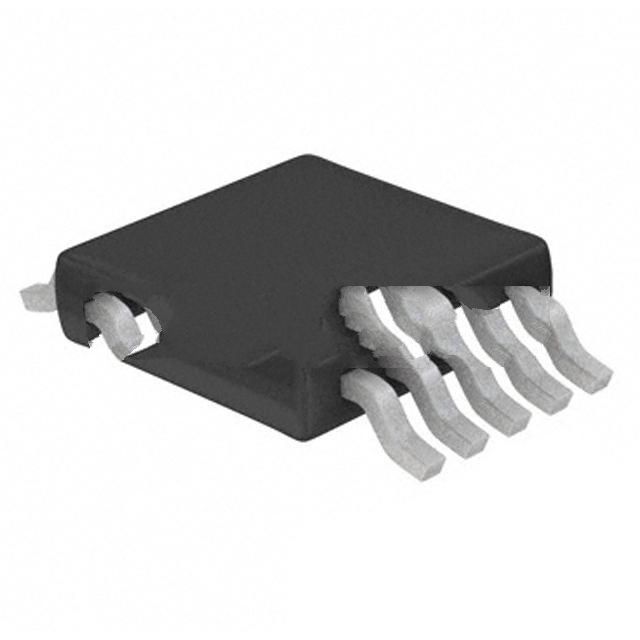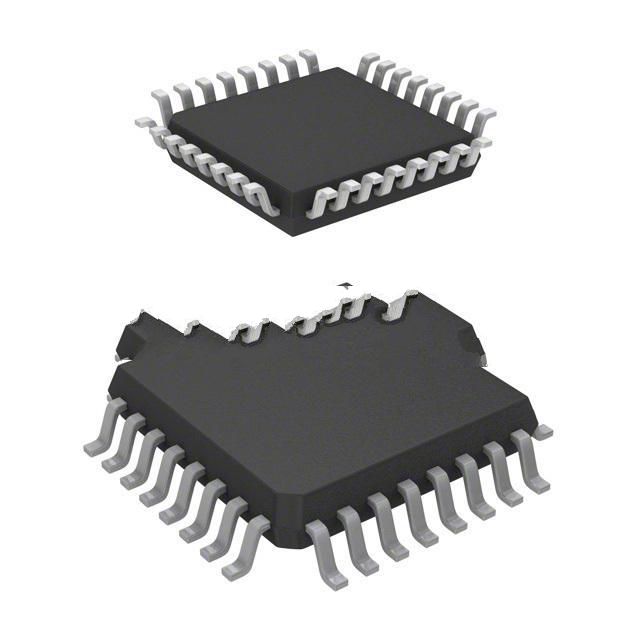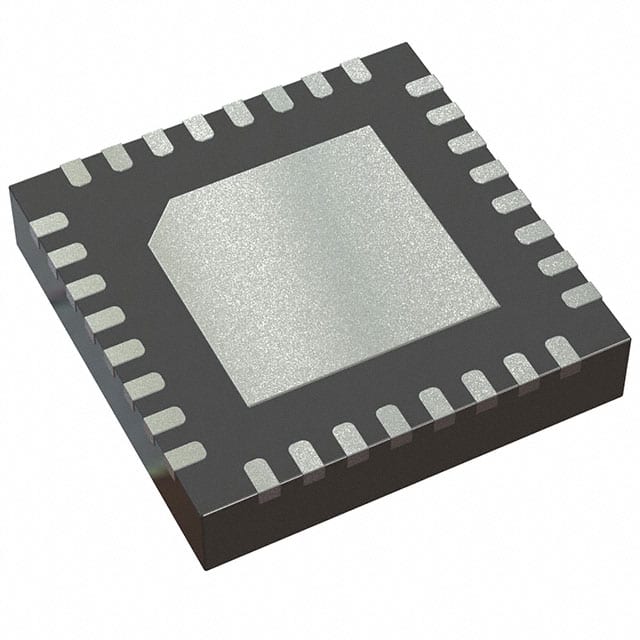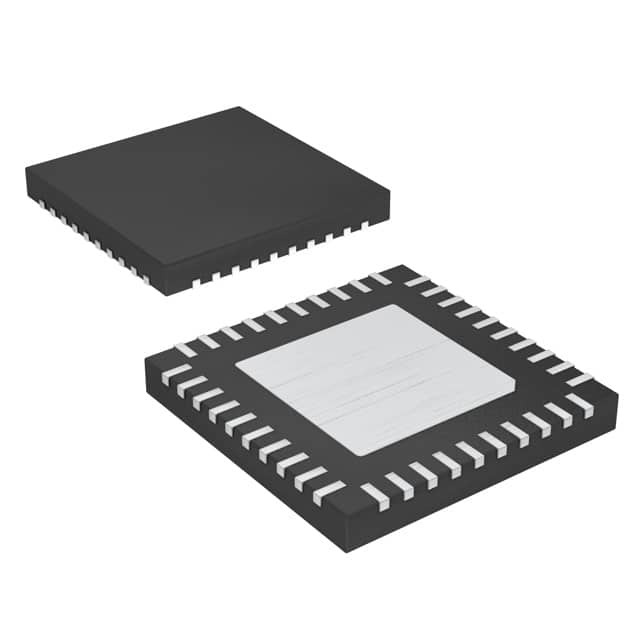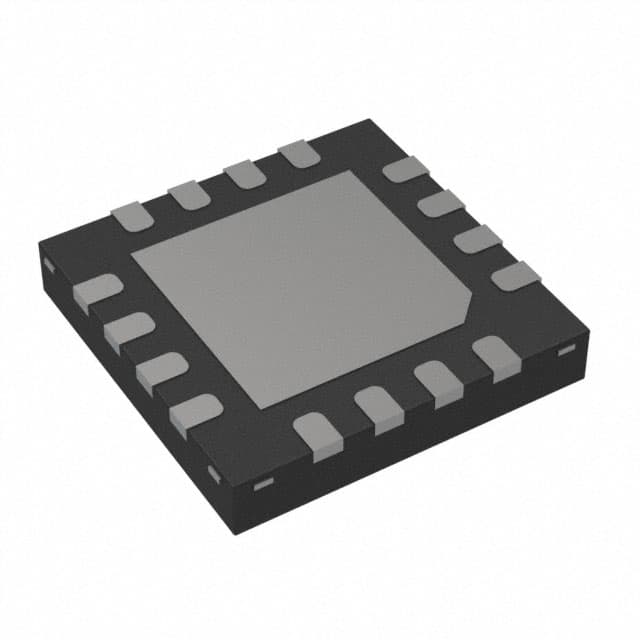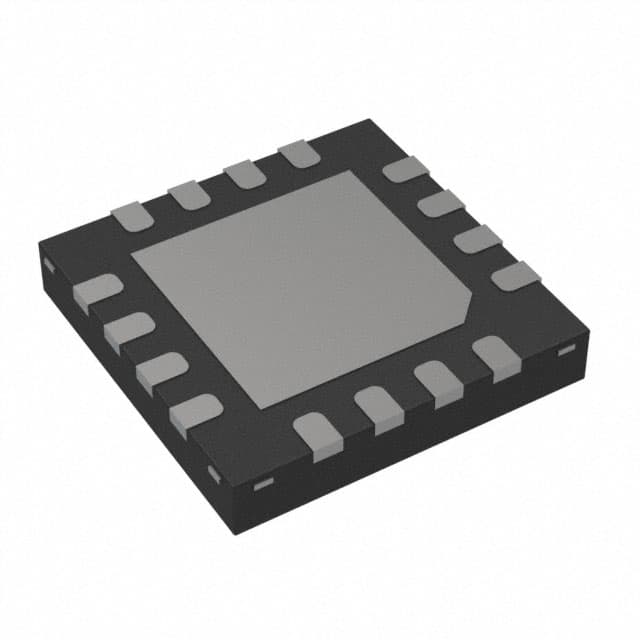MAX8685FETD+T Product Introduction:
Maxim Integrated Part Number MAX8685FETD+T(PMIC - Power Management - Specialized), developed and manufactured by Maxim Integrated, distributed globally by Jinftry. We distribute various electronic components from world-renowned brands and provide one-stop services, making us a trusted global electronic component distributor.
MAX8685FETD+T is one of the part numbers distributed by Jinftry, and you can learn about its specifications/configurations, package/case, Datasheet, and other information here. Electronic components are affected by supply and demand, and prices fluctuate frequently. If you have a demand, please do not hesitate to send us an RFQ or email us immediately sales@jinftry.com Please inquire about the real-time unit price, Data Code, Lead time, payment terms, and any other information you would like to know. We will do our best to provide you with a quotation and reply as soon as possible.
Introducing the Maxim Integrated MAX8685FETD+T, a highly efficient, low-dropout linear regulator designed to meet the demanding power requirements of today's advanced electronic devices. With its exceptional performance and versatile features, this regulator is the perfect solution for a wide range of applications.
The MAX8685FETD+T boasts an ultra-low dropout voltage of only 100mV at a maximum load current of 3A, ensuring stable and reliable power delivery even in the most demanding conditions. Its high PSRR (Power Supply Rejection Ratio) of 70dB at 1kHz guarantees excellent noise rejection, resulting in clean and precise power for sensitive components.
This regulator also features a wide input voltage range of 2.5V to 5.5V, making it compatible with a variety of power sources. Its adjustable output voltage allows for flexibility in meeting specific system requirements. Additionally, the MAX8685FETD+T incorporates thermal shutdown and current limit protection, ensuring safe operation and preventing damage to the device and surrounding components.
The MAX8685FETD+T finds its application in a multitude of fields, including portable consumer electronics, industrial automation, automotive systems, and more. Whether it's powering microcontrollers, sensors, or communication modules, this regulator provides the reliability and efficiency needed for optimal performance.
In summary, the Maxim Integrated MAX8685FETD+T is a high-performance linear regulator that offers exceptional power delivery, versatile features, and robust protection mechanisms. It is the ideal choice for a wide range of applications, ensuring reliable and efficient power management for your electronic devices.
Power Management-Specialized is an application-specific or device-specific power solution designed to provide efficient, reliable, and customized power supplies. This power management solution usually includes hardware and software two parts, the hardware part involves the power converter, voltage regulator, battery management module, etc., and the software part includes the algorithm to monitor, control and optimize the use of power. Dedicated power management can be optimized according to the specific needs of the equipment, ensuring that the power system can meet all the requirements of the specific application.
Application
Power Management-Specialized has a wide range of applications, covering almost all electronic devices and systems that require an efficient and stable power supply. In the field of communication, dedicated power management provides reliable power guarantee for key facilities such as base stations and data centers to ensure the continuity and stability of information transmission. In the field of industrial automation, it is widely used in robots, production lines and other automation equipment to improve production efficiency and reduce energy consumption. In the field of consumer electronics, the dedicated power management system built into portable devices such as smartphones and tablets not only extends battery life, but also improves the user experience.
FAQ about PMIC - Power Management - Specialized
-
1. What is the difference between PMU and PMIC?
PMU and PMIC have significant differences in application scenarios and functional positioning.
Application scenarios
PMU: Mainly used in portable devices such as mobile phones, MP4, GPS, PDA, etc. It is a highly integrated power management solution that integrates traditional discrete power management chips (such as low-dropout linear regulator LDO, DC/DC converter DC/DC) to achieve higher power conversion efficiency and lower power consumption.
PMIC: usually refers to an external power management chip, which is used for system-level power management. A SOC (system on chip) usually requires multiple PMICs to provide multiple power supplies or high currents to meet the different requirements of different components for voltage, current, and frequency.
Functional positioning
PMU: Inside the SOC, as a power management unit, it is responsible for managing the power distribution and conversion inside the SOC to ensure the normal operation of each component. PMU sets control signals through control registers to achieve real-time software management.
PMIC: Outside the SOC, as an independent power management chip, it provides multiple power supplies and high current outputs to meet the different power requirements of the SOC. PMIC works with PMU to ensure the stable operation of the entire system.
-
2. What is the role of power management IC?
Power management, voltage conversion, current control, battery management
Power management IC (PMIC) plays a vital role in electronic devices. Its main functions include the following aspects:
Power management: PMIC is responsible for managing the power supply, including controlling the battery power, charging current, discharging current, etc., to ensure that the power supply of the device is stable and reliable.
Voltage conversion: PMIC can convert various types of power into voltage and current suitable for electronic devices, such as converting high-voltage AC power into low-voltage DC power to meet the needs of electronic devices.
Current control: PMIC can provide overvoltage protection, overcurrent protection, overtemperature protection and other functions to prevent power anomalies from causing damage to electronic devices.
Battery management: For rechargeable devices, PMIC can also control the charging process, including power detection, charging control, charging protection, etc., to ensure battery safety and charging efficiency.
Energy saving management: PMIC can intelligently manage the power supply of the device to achieve energy saving and optimize power usage. For example, when the device is in standby mode, the chip can automatically reduce the output voltage and current of the power supply to reduce energy consumption.
Power indication: PMIC can also provide power indication functions, such as through LED lights or other indicators to help users judge the status and faults of the power supply.
-
3. What is PMIC in semiconductors?
PMIC (Power Management IC) is a special-purpose integrated circuit that is mainly used to manage power. It integrates a variety of power management functions, including power supply, battery management, charging management and power consumption management, etc., to provide stable power for electronic devices and manage and control the battery.
Functions and application scenarios of PMIC
The main functions of PMIC include:
Power supply: Provides stable voltage and current required by the system.
Battery management: Including battery charging, discharge control and battery status monitoring.
Charging management: Supports multiple charging modes, such as constant current charging, constant voltage charging, etc.
Power consumption management: Optimizes the energy consumption of the device and extends the battery life.
 Lead free / RoHS Compliant
Lead free / RoHS Compliant



